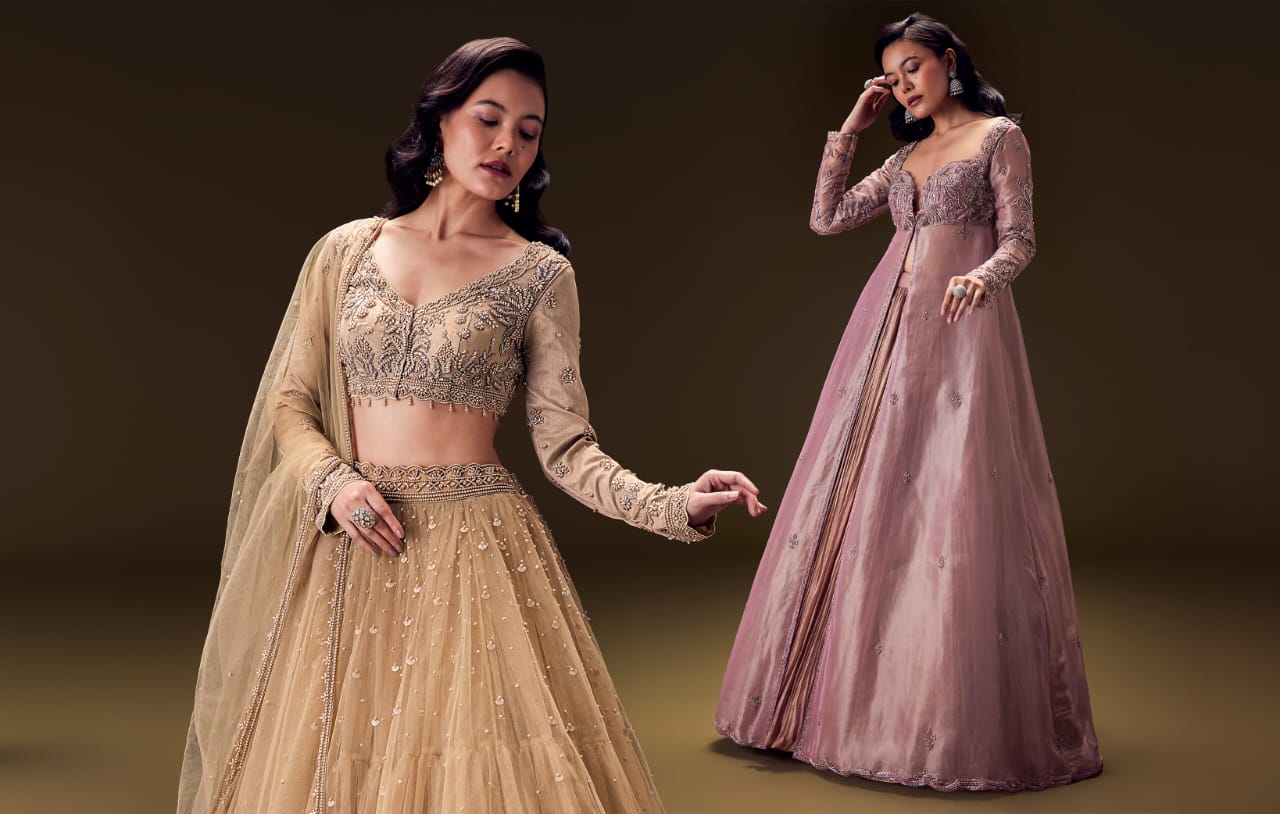Fashion is a dynamic field and in today’s world, modern women are more often found balancing tradition and trend. This entails wearing apparel that combines cultural heritage with modern styles, as demonstrated by the Maria B UK collection, for many people, particularly those with Asian ancestry. Due to their ability to meet the demands of contemporary women who want to respect tradition while remaining up to date with fashion, Asian dresses, with their rich history and exquisite craftsmanship, are experiencing a renaissance.
The Allure of Asian Dresses
For many years, Asian clothing has represented more than just clothes. Examples of this include Chinese qipao, Indian saris, Pakistani shalwar kameez and Korean hanboks. Because of the grace of traditional craftsmanship, these clothes serve as cultural icons that link women to their heritage and enable them to express who they are. Asian clothing is appealing because it exudes elegance, femininity, and strength. These clothes have changed over the centuries to mirror shifts in politics, society, and the arts. Today, as women seek clothing that resonates with their personal style and cultural background, Asian dresses offer a rich canvas for experimentation and self-expression.
Blending Tradition with Contemporary Fashion
The modern woman is not confined to the strictures of traditional attire, but neither does she want to completely abandon the rich legacy that these garments represent. This is where combining modern and traditional styles becomes useful. Traditional Asian clothing is being reimagined by designers worldwide, who are adding modern touches to make the garments both appropriate and respectful of their heritage. Consider the sari for instance. It is typically an elongated piece of cloth with elaborate weaves and patterns that differ from area to region in India, draped elegantly around the body.
Modern designers are modifying the traditionally versatile sari in order to make it more appealing to the younger demographic. Material, color, and drapery techniques are all being experimented with. The sari looks great worn both traditionally and contemporary when paired with different modern pieces like crop tops, jackets, and jeans. Parallel to this, modern styles have influenced the qipao, a high-collared, form-fitting dress. Shorter qipaos with contemporary textiles and striking designs are now available from designers.
Modern lives can better accommodate these updated versions, which still have the elegance of the classic qipao. Women can proudly wear these clothes, paying homage to their heritage and making a statement in today’s fashion scene thanks to the merging of the old and the modern.
Cultural Significance Meets Modern Aesthetics
In addition to being aesthetically pleasing, Asian clothing’s fusion of traditional and modern elements also serves to preserve and advance cultural significance. While embracing global fashion trends, the modern woman is becoming more conscious of the value of preserving a connection to her heritage. Her cultural heritage can be authentically and relevantly celebrated by dressing in Asian dresses that have been updated for the modern world.
Fusion fashion is a new trend that combines traditional Asian clothing with Western styles as an example of how modern and traditional elements can coexist. For instance, to create an effortlessly stylish yet cozy ensemble, the kurta, a mainstay of South Asian wardrobes, is increasingly worn with skirts, pants, or jeans. This produces an adaptable article of apparel that is appropriate for both formal and informal settings.
Asian traditional fabrics and techniques are also being used by designers to create contemporary silhouettes. Modern gowns, coats, and accessories are made from handwoven textiles like Indian brocade and Indonesian ikat fabrics. Beyond just being gorgeous, these pieces also help preserve traditional crafts by providing support to artisans.
The Role of Asian Designers
Asian designers play a crucial role in this blending of tradition and trend. For the modern woman, many designers are reinventing traditional clothing. Renowned designers like Maria B in Pakistan, Guo Pei in China, Manish Malhotra in India, and Kim Seoryong in Korea are extending the possibilities of traditional clothing in the contemporary age while simultaneously conserving cultural heritage. Traditional Asian clothing can be creative, current, and extremely fashionable, as these designers have shown. High fashion collections that appeal to a global audience are produced by incorporating traditional attire elements. The recognition of Asian fashion has grown globally as a result with prominent fashion shows showcasing traditional attire and celebrities from all over the world donning it.
Conclusion
The strict definitions of traditional or modern fashion no longer apply to the modern woman. Rather, she is embracing the merging of the two and figuring out how to wear pieces from her cultural background every day. Asian clothing provides the ideal backdrop for this fusion of custom and style because of its long history and timeless beauty. The modern woman can create a wardrobe that is deeply personal and globally relevant by combining traditional clothing with contemporary styles. She demonstrates that tradition and trend do not have to conflict and can coexist peacefully while still honoring one’s heritage. Asian clothing will definitely always be a strong representation of modern style and cultural pride even as it continues to change.









